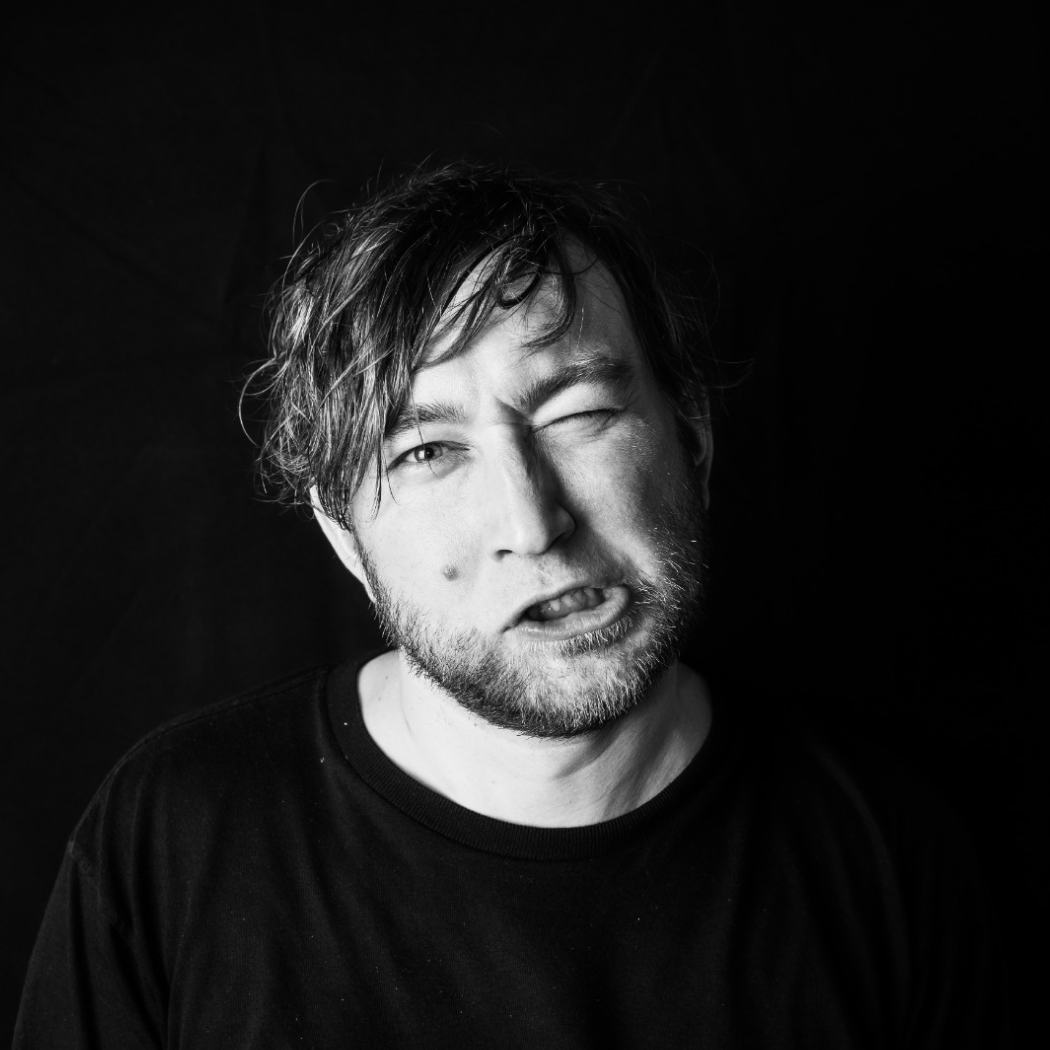Redesign of platform
Complete redesign cycle: better experience, cleaner interface, improved system design, and updated mobile flows. On top of that, colleagues from other teams rewrote the backend and frontend.

- my role
Product designer - company
AMBOSS - team
Started with 8-10 people, finished with 80. - problem
Our platform’s look and feel is outdated, and we can’t move forward with what we have. - solution
Provide up-to-date experiences and interface and deliver it all to developers. - live link
Link to the product
Preface
From the outset, the most urgent problem we faced was entering a foreign market with an outdated platform design. Our challenge was not only to redraw the interface and upgrade the UX, but also develop a maintainable codebase as the previous version was outdated and could not support new features. Added difficulties included: time and human resource constraints, two unique platforms (German and US markets), multiple mobile-unfriendly apps (8), and a lack of experience within our team regarding agile practices, product management, and mobile design best practices. Looking back on it, I can see that we wouldn’t have been able to finish this project without hiring new people and constantly revising the way we worked together and implemented new tools.

Setting
The platform consists of a couple of tools used for studying as well as other tools that allow clinical workers to quickly find answers to their clinical questions. Sounds easy enough, right? We wanted to improve the user experience for each and every tool, so initial research was helpful in allowing each feature to take shape.

Mapping out first concepts
After initial research and brainstorms were completed by our team lead and C-suite, we hired a UI designer who started painting out the wireframes. I supported the apps team, where we thought we could quickly make big progress and test the outcomes. At some point, however, we realized that we also needed to take some radical steps: completing the necessary coding before applying my prepared designs. At that point, I began to paint out our shop experiences for another team.

System & User testing
We started to create some meaningful first components and system designs, where each member contributed some elements from our individual projects. At that point in time we didn’t have a user researcher (try to imagine), so we hired one to test our first proposals.

Big deal happens
On the other side, we were learning how to work among a larger number of teams and effectively communicate between projects. At that point, we were reforming our design team and hiring more people to join those teams. Challenges we faced:
- being short on time
- constantly delivering redesigned components
- crafting better experiences while still delivering
- adapting to changes in scope and specifications

Hifies and new experiences
We recreated the experience of signing up and logging for users in our new market, “Rest of World” (non-US, non-Germany). At that time, I reshaped the style of our illustrations. Later on, we also completely rebuilt our platform’s performance analysis page, because the previous version was not understood by our users. Furthermore, we redesigned our dashboard for different user groups. Powering all of these changes were the insights we gathered from user research and platform experiments. The changes were later marketed, with my assistance, through several marketing campaigns to raise awareness and encourage adoption.

Lessons learned and next steps
Despite all of the above we were able to ship a new platform in around two and a half years. Our section hired around 70 people during this time, ranging from devs and designers to top leadership, who I collaborated with in helping to shape our workflows. As a team, we learned how to work on a really fast growing project, and we also refined our design skills. The amount of experience we gained can not be put into numbers. And since we could make progress a lot more quickly after establishing teams and workflows, our teams continued to dive deep into different parts of the platform. My next contributions were oriented toward student-focused parts of the platform, where we improved and implemented features like ‘Custom study plans‘.


